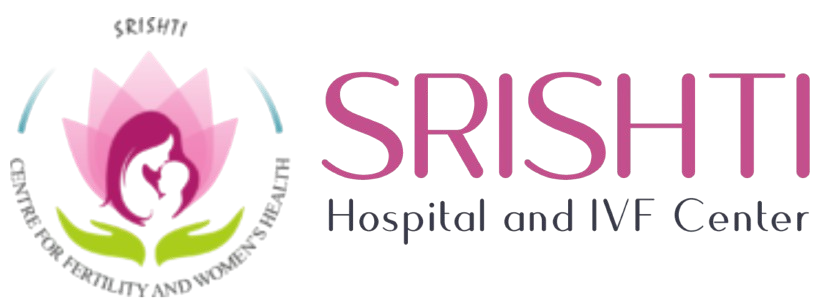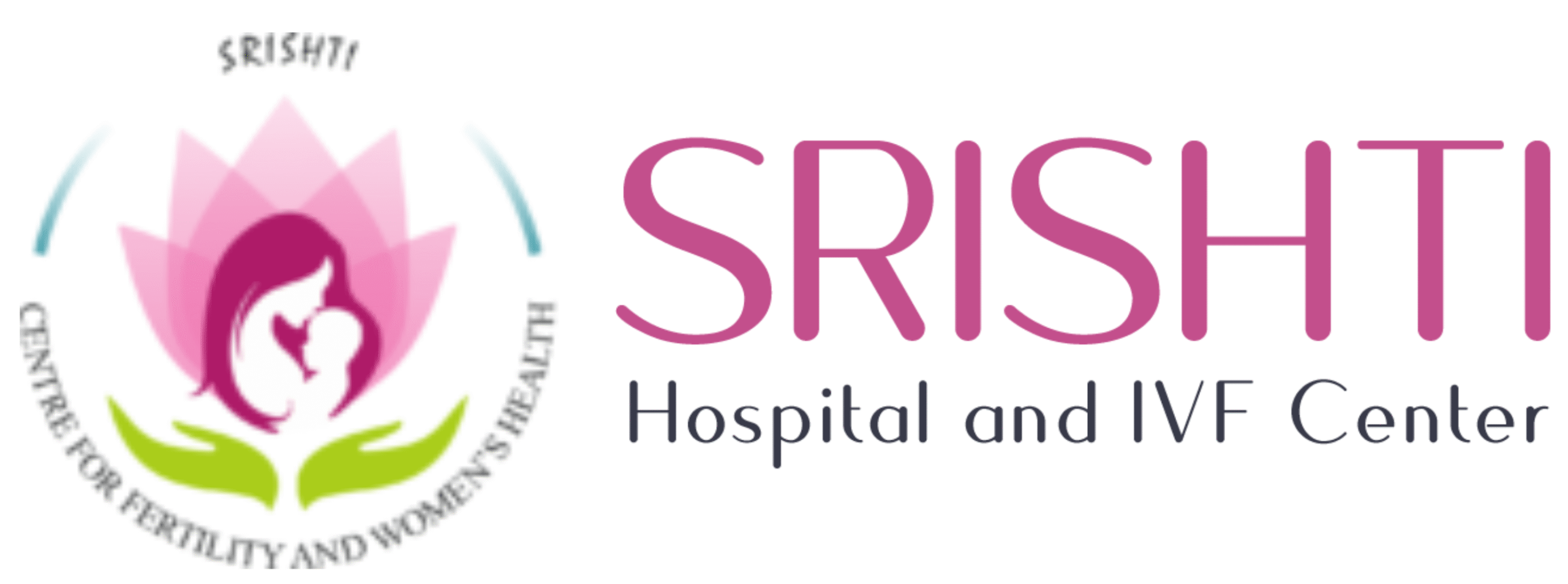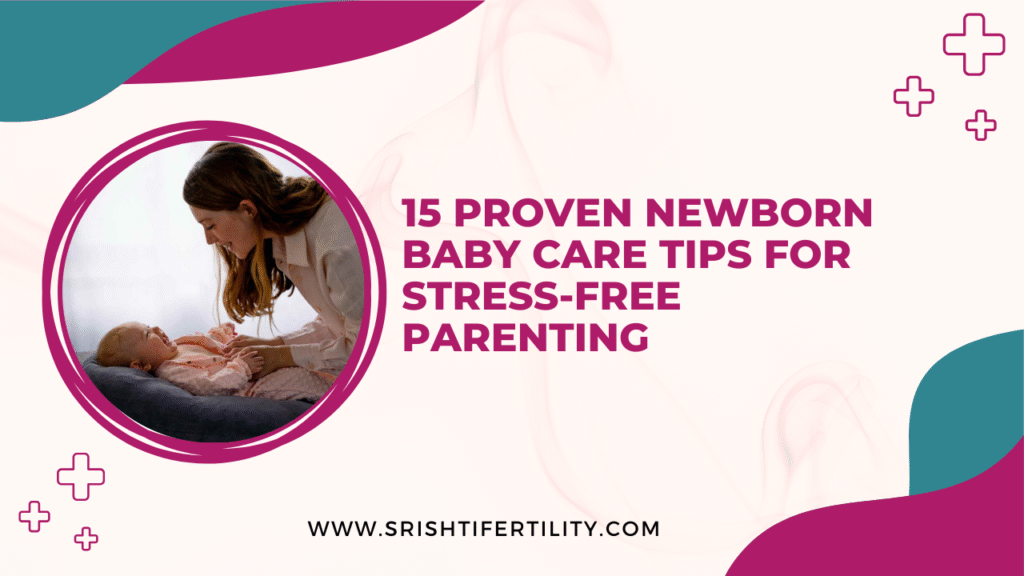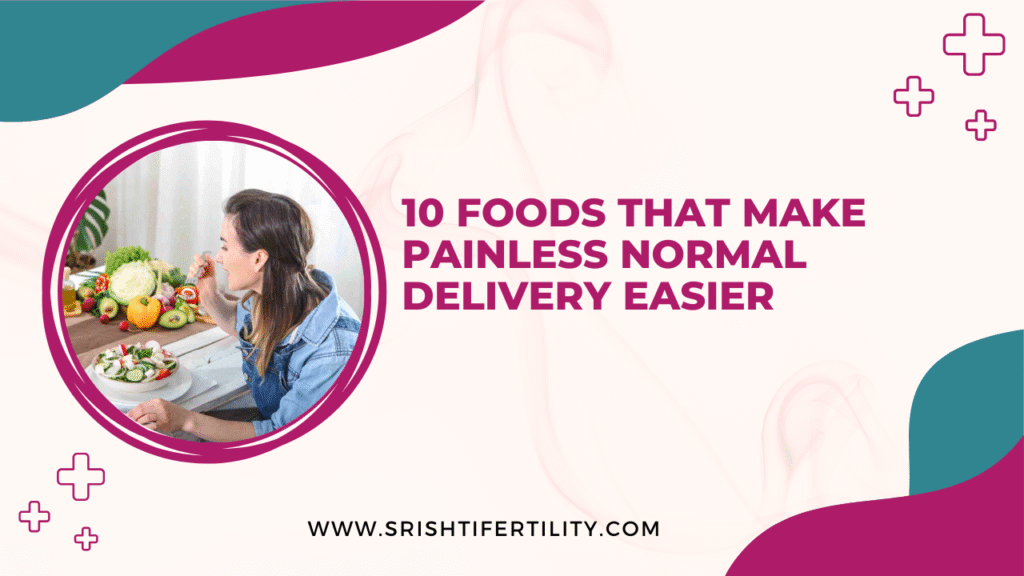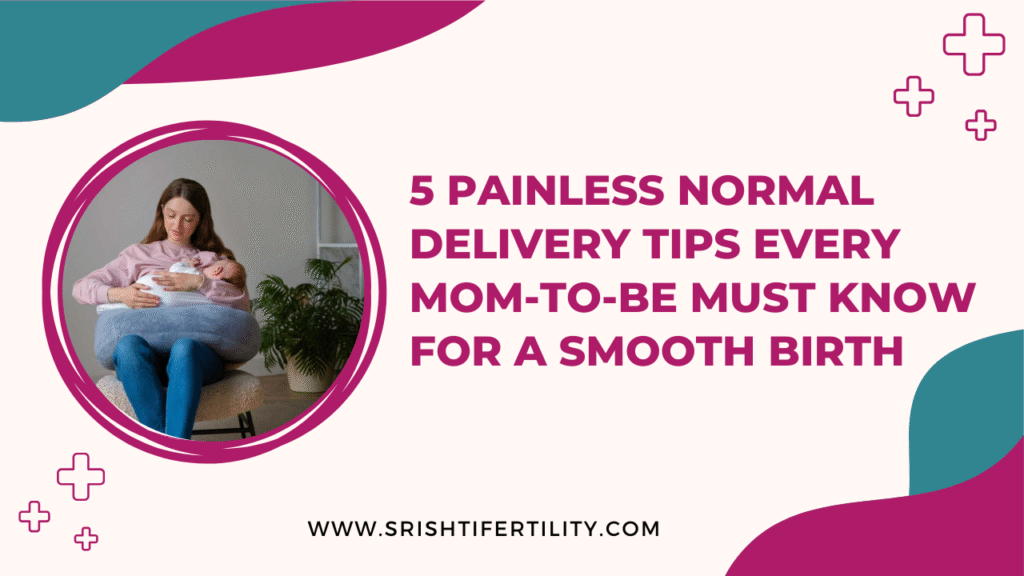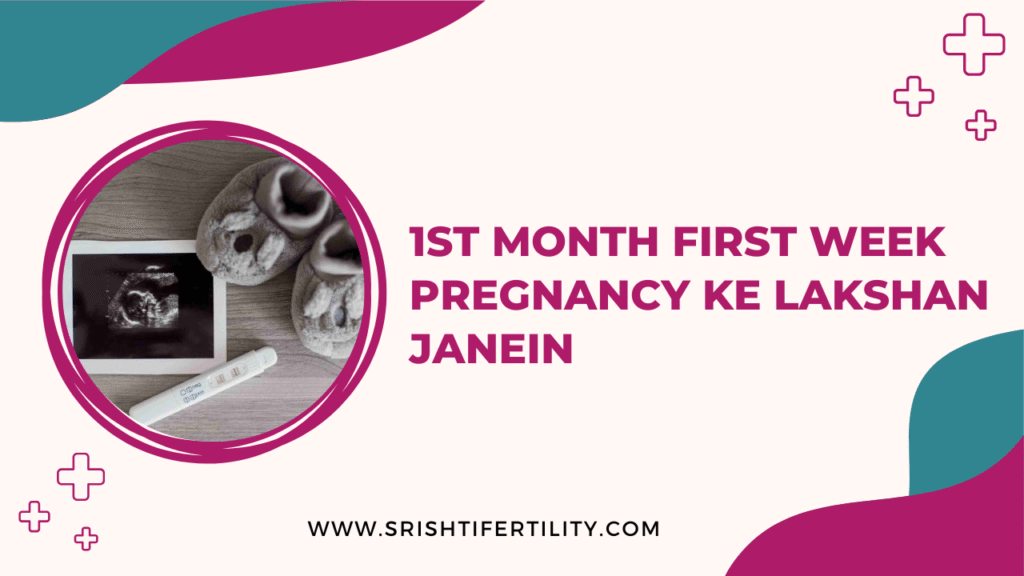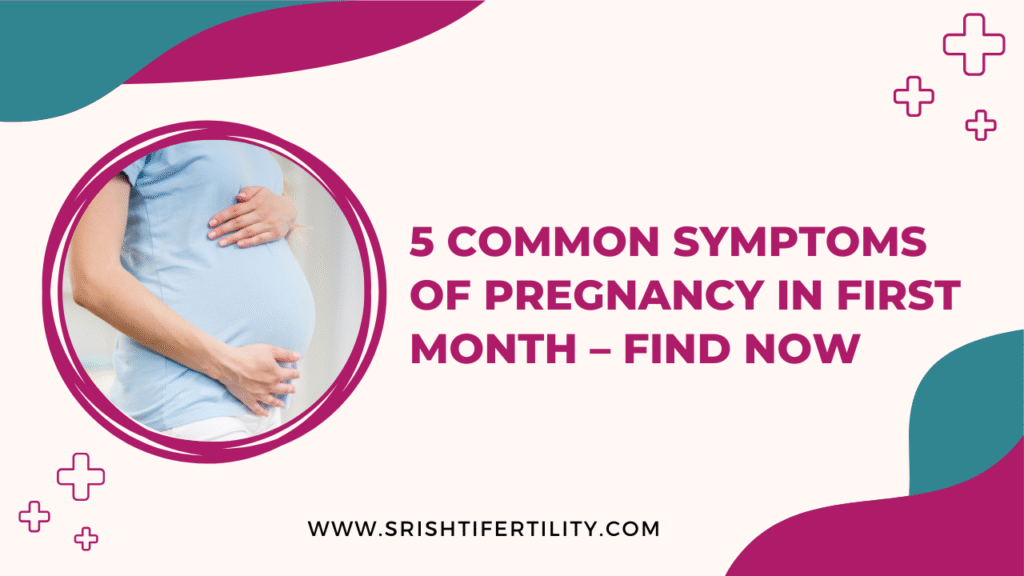15 Proven Newborn Baby Care Tips for Stress-Free Parenting
Welcoming a newborn is a magical moment, but it comes with a lot of questions and responsibilities. As parents, you want your little one to be safe, healthy, and happy. From selecting the right baby dress to preparing a cozy baby bed or choosing a safe baby carry bag, every small detail makes a big difference. At Srishti Hospital and IVF Center, under the expert guidance of Dr. Mamta Gupta, the best gynecologist doctor in Jaipur, we ensure that both mothers and newborns get the best start to life. To help you at home, here are 15 proven baby care tips that make parenting less stressful and more joyful. 1. Maintain Proper Hygiene Newborns have delicate immune systems, so always wash your hands before touching your baby. Keep your nails trimmed and avoid wearing jewelry while handling your little one. This reduces the risk of germs and infections. 2. Choose Comfortable Baby Dress Your baby’s skin is extremely sensitive. Select soft, cotton clothes that are breathable and easy to wear. Avoid overdressing—your baby needs just one extra layer than you. Comfort is more important than fashion in the early days. 3. Ensure a Safe Baby Bed A safe baby bed is crucial for your newborn’s sleep. Use a firm mattress with a fitted sheet, and avoid placing pillows, heavy blankets, or stuffed toys, as these can increase the risk of suffocation. 4. Practice Gentle Bathing Bath time should be short and safe. Use lukewarm water and mild baby soap that won’t irritate your baby’s skin. In the first few weeks, a sponge bath is often enough until the umbilical cord falls off. 5. Breastfeeding on Demand Breast milk is the best nutrition for newborns. Feed your baby on demand—usually every 2 to 3 hours. It not only provides essential nutrients but also builds immunity and strengthens bonding. 6. Burp After Every Feed After every feeding, hold your baby upright on your shoulder and gently pat their back. This helps release trapped air bubbles and prevents discomfort or colic. 7. Keep Baby Skin Moisturized A newborn’s skin can dry out quickly. Use baby-safe, fragrance-free moisturizers to protect against rashes and dryness. Avoid adult creams or lotions, which may contain harsh chemicals. 8. Use a Baby Carry Bag Safely When stepping out, a baby carry bag is convenient but must be used carefully. Ensure it supports your baby’s head, neck, and back, and always follow the manufacturer’s safety guidelines. 9. Monitor Baby’s Sleep Patterns Newborns sleep around 14–17 hours a day. Place your baby on their back in a safe baby bed to reduce the risk of sudden infant death syndrome (SIDS). A consistent sleep routine also helps babies feel secure. 10. Stay Calm During Crying Spells Crying is your baby’s primary way of communication. Check if they are hungry, wet, or uncomfortable. If none of these apply, hold your baby close, rock them gently, or sing a lullaby to soothe them. 11. Visit Pediatric Checkups Regularly Routine doctor visits are essential to track your baby’s growth, weight, and vaccination schedule. Don’t miss these appointments, as early detection of issues ensures better care. 12. Keep the Umbilical Cord Clean Until the cord stump falls off, keep the area dry and clean. Avoid covering it with tight baby dress and let air circulate around it. This helps healing and prevents infections. 13. Encourage Tummy Time Once your baby is a few weeks old, place them on their tummy for short, supervised periods. Tummy time strengthens their neck, shoulders, and core muscles, preparing them for milestones like crawling. 14. Maintain a Peaceful Environment Newborns are sensitive to light and noise. Keep their surroundings calm, use soft lighting, and play soothing sounds. A peaceful atmosphere helps babies sleep longer and reduces fussiness. 15. Consult Experts for Any Concern If you are worried about your baby’s health or care, don’t hesitate to consult a specialist. At Srishti Hospital and IVF Center, Dr. Mamta Gupta, the best gynecologist doctor in Jaipur, and our pediatric team provide complete support for mothers and newborns. Why Choose Srishti Hospital and IVF Center? 👉 Book your consultation today with Srishti Hospital and IVF Center for expert guidance on newborn care. FAQs on Newborn Baby Care Q1. What is the best way to dress a newborn baby? Choose light, breathable cotton baby dress. Avoid synthetic fabrics and tight clothing. Q2. How should I set up a safe baby bed? Use a firm mattress with a fitted sheet. Avoid pillows, blankets, or stuffed toys. Q3. When should I use a baby carry bag? You can use it when traveling, but ensure it supports your baby’s spine and neck properly. Q4. How often should I feed my newborn? On-demand feeding is best, usually every 2–3 hours. Q5. Who is the best gynecologist doctor in Jaipur for baby care consultation? Dr. Mamta Gupta at Srishti Hospital and IVF Center is highly recommended for comprehensive maternal and newborn care. Conclusion Parenting a newborn can feel overwhelming, but with these 15 proven baby care tips, you can ensure a safe, happy, and stress-free start to your journey. From selecting the right baby dress and baby bed to consulting with experts like Dr. Mamta Gupt at Srishti Hospital and IVF Center, every step matters in nurturing your little one.
15 Proven Newborn Baby Care Tips for Stress-Free Parenting Read More »
